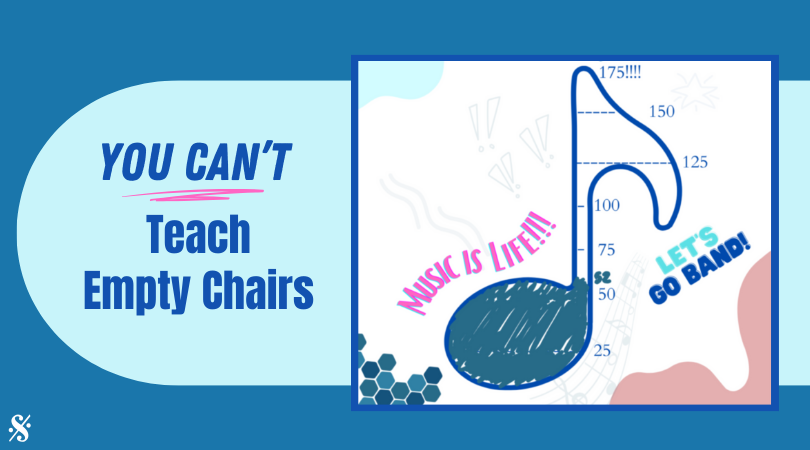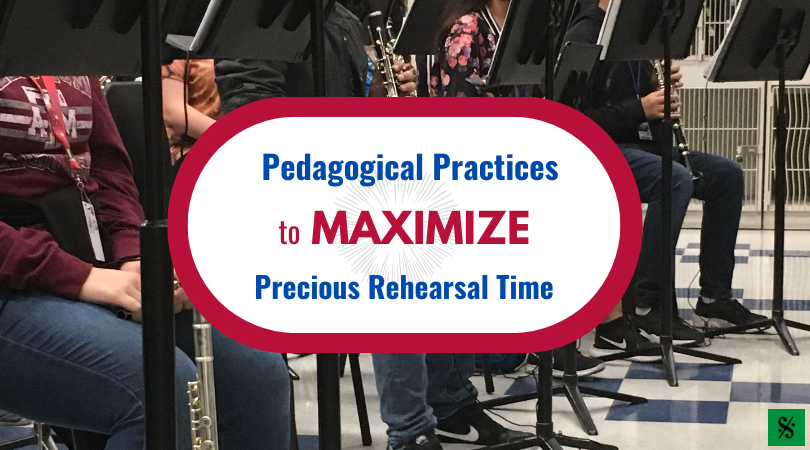
As a developing trumpet player, knowing what to practice can be a daunting task. Daily practice is important for all musicians, but more so for a young player just starting out. One must be careful to practice with proper technique and be cognizant not to develop bad habits. The embouchure is made up of muscles (orbicularis oris muscles), and like any muscle, atrophy can set in when the muscles are not exercised with a certain degree of frequency.
There are five areas of study that must be practiced daily in order to maintain a certain level of proficiency.
- sound production
- flexibility
- finger dexterity
- articulation
- range
Practicing these five areas also lays down the foundation from which to build upon to reach a higher mastery of skill. Of these five areas, sound production and flexibility are the most crucial to a developing young trumpeter. Those are the two I will discuss today.
First and foremost students must be able to produce a characteristic sound on the trumpet. I truly believe students must have a model of sound in the initial stages of learning. This could be accomplished by having the instructor model on the trumpet, or giving the student recordings of a good trumpet sound. Developing a concept of sound is crucial and is just as important as the more physical component.
Practicing long tones and/or flow studies are ideal and should be practiced daily. The Remington long tones are ideal for any level of player. Because the nature of the study is “easy”, one can stress important concepts such as:
- how one takes a good breath
- posture
- hand position
- staying relaxed throughout.
Additionally, the Cicowicz “Flow Studies” are highly beneficial as they emphasize steadiness of air while playing.
Flexibility is the next most important component that must be practiced after establishing a good sound. Practicing slurs can provide the student with the skills and strength to move around the trumpet at any range and volume. Begin with elementary slurs in the lower to middle register. Some flexibility books that are excellent for young trumpeters include the Schlossberg, Irons, and Bai Lin books.
The definition of a slur is getting from one note to another without the use of the tongue or fingers. Students can learn the mechanics that are involved in this endeavor:
- muscle control
- acceleration of the air
- tongue arch and its role in the oral cavity.
I find having students whistle is a good exercise to show how the tongue controls the pitch.
Practicing these two areas of study – tone production and flexibility- will provide the developing trumpet player with necessary skills, and more importantly, the foundation from which to build upon for the more advanced skills that must be mastered.
List of Books:
- The Remington Warm-ups Studies annotated by Donald Hunsberger
- 27 Groups of Exercises: Trumpet by Earl Irons
- Vincent Cichowicz Long Tone Studies Compiled by Mark Dulin and Michael Cichowicz
- Lip Flexibilities : For All Brass Instruments by Bai Lin
- Daily Drills and Technical Studies for Trumpet by Max Schlossberg
Raquel Rodriquez is the Associate Professor of Trumpet at Northern Kentucky University School of the Arts. At NKU, Raquel teaches applied trumpet and is the director of the Trumpet Ensemble and Concert Band. Dr. Rodriquez is a versatile musician having appeared as a clinician, soloist, and chamber musician throughout the United States, Canada, the United Kingdom, and China. Active in her discipline, Raquel served as Co-Host of the 2014 International Women’s Brass Conference on the campus of NKU. You may read more about Dr. Rodriquez at http://www.solotromba.com/home/
Related Reading:
Practice Tips for the Modern Musician
Tension is the Enemy! Diagnosing and Treating Brass Tension.
Beginning Trumpet – Begin with Concert F?
If you would like to receive our weekly newsletter, sign up here.
Don’t forget to like us on Facebook too!
Learn. Share. Inspire.
BandDirectorsTalkShop.com






Leave a Reply
You must be logged in to post a comment.